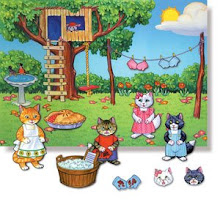Student with special needs require a more specialized teaching style then other students. These students will not thrive in a classroom where they are expected to sit quiet as mice and never speak out of turn. These students thrive better in classrooms that are more upbeat and allow some spontaneous discussion or input. The more senses you can use in your lessons the more your students will learn. You also have more students who understand the material being taught which leads to better test scores.
For example when teaching about chemical reactions make ice cream in a bag or goo students really love this stuff and will have a great time making it. While they are making ice cream or goo help them see what the different components do to react to each other. Then follow up with a worksheet with questions they need to answer about what they think happened. Another really great lesson I like to use for matter or compounds is to give a cooking lesson. I make cookies or a stir fry something that mixes ingredients to make something else. Before making the items I go over the measuring tools and how to convert different amounts if I am missing the specific size measuring tool this brings in a math lesson. I also have the students write or tell what they think the different ingredients do when combined. The students really get into this as they help put in or mix the ingredients, the smells and interactions really help them remember things you say to them or explain while doing the lesson.
Small focused group work is a great tool with students with special needs as long as the teacher spends time with each group or the most focused need group. Centers are a great way to implement this or you could do whole group instruction and get the main set of students going. Then bring a small group of students who need more individualized instruction back to a table to work with the teacher or aide.
Tuesday, May 12, 2009
Subscribe to:
Posts (Atom)



